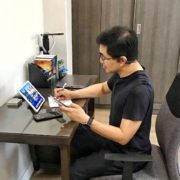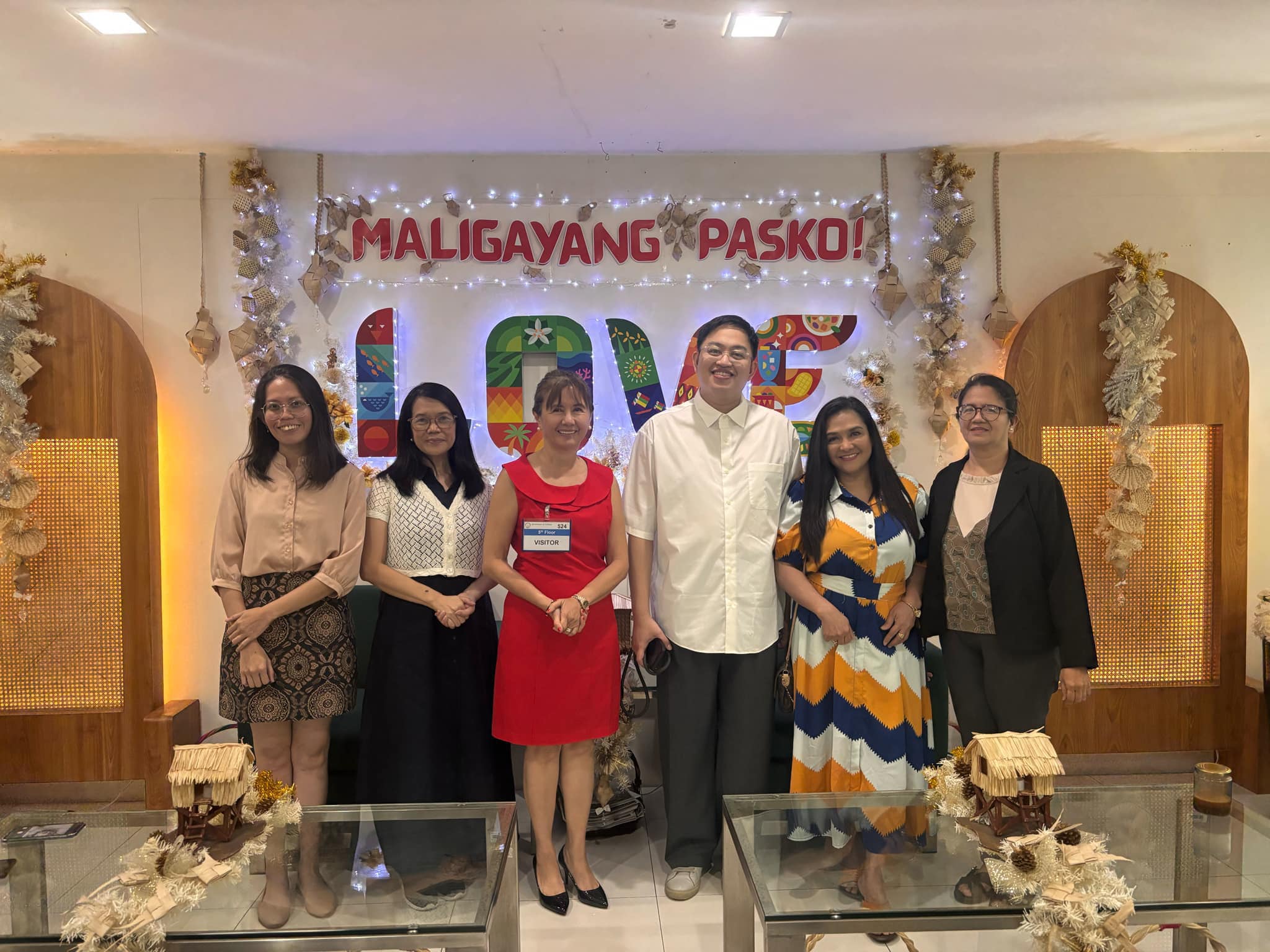
While most businesses are shuttered, and office employees are working from home, the medical community must work hard to stay open to patients yet be tightly guarded by Covid-19 restrictions.
The challenge for doctors is how to continue treating their patients even though their clinics are closed. How can they “meet up” with patients without exposing themselves and their families to the risk of infection?
Technology provides a solution: teleconsultation.
It minimizes the need to travel and face to face contact, thus protecting both the patients and health professionals from exposure to health risks.
For the first time in her 30-year practice, Dr. Corazon Mata attends to patients remotely. She is in charge of the obstetrics and gynecology hotline for the Telekonsulta Service of the Northern Mindanao Medical Center (NMMC).
Every day, she fields queries from ob-gyn patients all over Region 10, which covers the provinces of Misamis Oriental, Misamis Occidental, Bukidnon, Camiguin and Lanao del Norte.
With the rapid spread of Covid, other health cases have been overshadowed, with many hospitals like NMMC recording a significant drop in patient consultations at the emergency room and out-patient clinics. The NMMC is a tertiary public hospital and one of the Covid referral centers in the region of 5 million.
“This is the main reason we decided to start the NMMC Telekonsulta Service,” says Dr. Aris Austria, Telekonsulta project leader. “We were concerned particularly for our patients with chronic conditions requiring long-term medical care. Every healthcare facility should not focus only on handling the Covid-19 crisis but also consider minimizing ‘collateral damage’ on non-Covid patients.”
The NMMC Telekonsulta Service targets noncritical cases and aims to provide a venue for patients to directly consult medical professionals through their mobile phones.
Smart Communications partnered with the hospital by providing them with LTE phones capable of unlimited texts and calls to all networks and data connection. Each phone was assigned to doctors handling a specific field of specialization, such as pediatrics, obstetrics and gynecology, surgery or internal medicine.
Since the start of the project in late March, the NMMC doctors have collectively handled more than 400 consultations, sent out almost 200 electronic prescriptions and facilitated around 50 referrals. They have also set appointments for actual clinic consultations for cases where a clinic visit is absolutely necessary.
“A good part of diagnosing a patient is doing a complete physical,” says Dr. Ramon Yap, an internist-gastroenterologist. “But I believe the majority of patients can be safely managed through teleconsultation, albeit some patients may really have to be seen by a doctor in a clinic or referred to an appropriate institution like NMMC.”
The experience is new to his 17-year practice, but he says doctors have to adapt. “The threat to the doctors is very real. We also have to think about protecting ourselves and our families, aside from trying to give comfort and healing to our patients. The limited resources that we have in our locality has made the practice of medicine very daunting and probably even unsettling.”
As of the first week of April, the Department of Health (DOH) Region 10 had identified more than 4,000 persons under monitoring and around 300 under investigation. With more cases of Covid-19 positive patients and new admissions of suspected cases, the region’s health officials are not letting their guard down.
The doctors admit that there are limitations to what they can perform without a face-to-face interaction, but they are finding ways to cope with this.
Dr. Austria, a pediatrician, reports that teleconsultation has necessitated more parental engagement. He tells parents, “listen to the child’s breathing, feel their skin or pulse, touch the tummy, and describe what you find.” It is not the ideal way of examination, he concedes, so doctors should be cautious in utilizing information drawn from a teleconsultation to diagnose a patient’s condition.
Pediatrics has the highest number of consultations. Dr. Jannie LynePalisbo, whose clinic is closed, is grateful that she can continue to treat her patients from home. “It is reassuring to both the patient and us physicians,” she says.
Dr. Austria opines, “Teleconsultation should remain an option for patients under any circumstances that call for it, to hasten medical interventions, and to keep NMMC accessible to all the people in Region 10.”
With doctors and patients engaged in a back-and-forth exchange of information during teleconsultation, he appreciates that Smart ensures unhampered communications. The unlimited texts and calls are “a huge advantage,” enabling doctors to attend to as many patients as possible, he adds.
Dr. Peter Quiaoit, NMMC medical training officer, also thanked Smart for making the out-patient department services “a phone call away” in the time of crisis.
“Smart is committed to providing innovative communications solutions that help fight the Covid pandemic. The NMMC has taken a new path, using technology to enable their doctors to treat patients despite the current restrictions. That’s why we are quite happy to support their initiative,” said Mon Isberto, Smart public affairs head.
This being the institution’s first time to implement teleconsultation, the Telekonsulta team faced a lot of challenges, including a lack of proper guidelines or standard operating procedures, especially in consideration of patients’ informed consent and data privacy. Dr. Austria adds, “We also lacked essential materials, gadgets and enough volunteers to keep teleconsultation running. However, with support from our hospital administration and private companies like Smart, we were able to set it up eventually.”
With the proper equipment and appropriate systems in place, teleconsultation will surely be part of the future of medical practice. As access to the internet and data-capable phones increases, there will be huge improvements in teleconsultation results, lowering the risk of misdiagnosis. With the Covid-19 pandemic far from over, and the risks remaining for even longer, interventions such as this will become part of the new normal, and technology will play a huge part.






